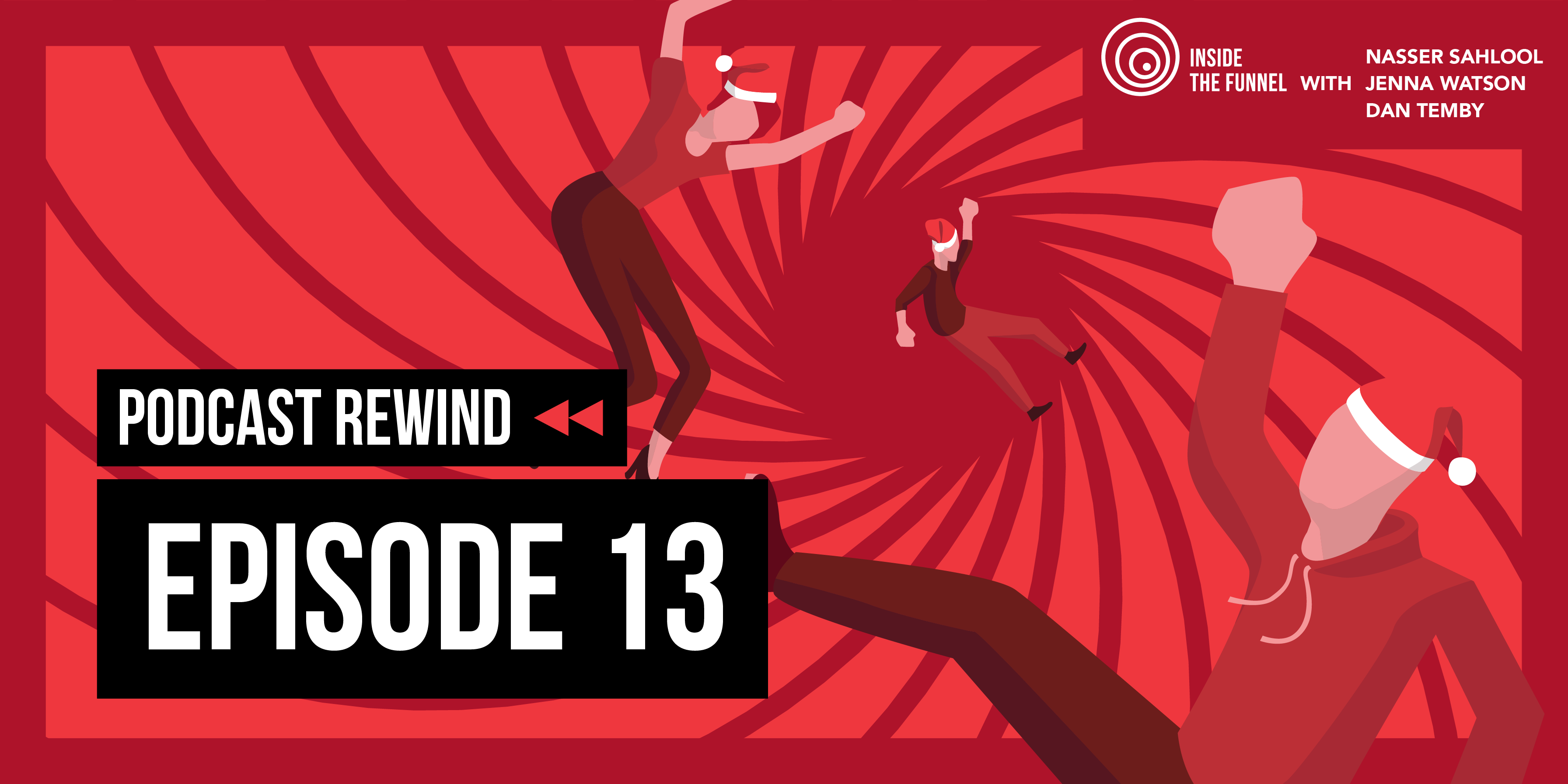Time has been hazy the past couple years, but we’ve managed to stumble our way into 2022. We’ll take the victories where we can. Now that the holidays are over, our eyes are on what’s to come in the new year. Digital performance media, Google platform aspirations, in-housing talent—there’s plenty of fodder for predictions. So start the year informed with our rundown on the opportunities and pitfalls impacting the digital world in 2022.
-
Google platforms are changing. Can digital marketers keep up?
💡 Opportunities
Content needs to perform across digital spaces, but it especially needs to perform in Google spaces. After all, Google is the biggest platform partner on Earth for digital marketers. According to Google’s Search On ’21 announcement the latest changes to watch across Google platforms come down to AI integration and algorithms.
What do AI-powered algorithms look like? The implementation of Google Multitask Unified Model (MUM) from May 2021 gives us an introduction. Intended to reduce redundant user searches and swiftly resolve queries, MUM can understand 75 languages, video, imagery, and audio for user search. The AI comes in with MUM’s multimodal capabilities. For example, if you took a photo of a plant at your local nursery and ask, “Is this a good indoor plant?” MUM can connect the question and image to provide an answer. It’s on you after that; Google can’t help with your serialized plant “accidents”. Algorithms like MUM keep user exploration almost entirely within Google pulling images, videos, content all indexed in their platform. And that’s ultimately what Google wants—to create frameworks that keep users in their ecosystem longer.
❌ Pitfalls
A side effect of Google keeping users contained in their platform longer is it actively breaks down the need for content silos. That means separate search, shopping, video, and social budgets will make less sense as these silos mingle and meld together. When silos don’t cut it, marketers will have to do more to plan around customers, not just by channel. Now’s the time strategize.
-
Customer-first reclassification of performance media
💡 Opportunities
It’s not the first time you’ve heard it from us: customer-first media is the endgame of our digital age. That means getting away from dividing content into brand media and performance media silos. Full stop. In today’s evolving landscape, all media is performance media, even if it’s top-of-funnel. So how should marketers reorganize their thinking around brand media and performance media? When our friends over at Forrester rethought the customer lifecycle, they came up with a handy way to unify marketing strategy under the concepts of persuasion versus precision marketing. Here’s the quick definitions:
Precision marketing: Functional and made to meet in-market shopper needs when deciding between purchase or, for current customers, evaluating possible upsells.
Persuasion marketing: Emotional and made to meet audiences and shape opinions before they make a purchase.
In 2022, we’re looking down the barrel at new platforms, experimentation with NFTs, the metaverse, and more new arenas for media. Shifting to customer-first tactics is essential when performance media and performance outcomes matter.
❌ Pitfalls
Taking advantage of a precision or persuasion function gets marketers closer to a customer-first approach. But this approach doesn’t come without its grey areas. Every piece of media should persuade; every piece of media should be precise. Ensuring everything performs will take careful balancing by digital marketers to make sure all media is designed to give users what they need. It’s not easy, but it is essential to get away from the rigidity of traditional marketing silos.

-
Time’s slipping away to establish data sets
💡 Opportunities
The race to build out first-party data sets is on. Businesses will be looking to take advantage any data sources they can, some coming from surprising sources. What we think we’ll continue to see into 2022 is businesses taking advantage of partnerships—specifically brand partnerships—to share second-party data. This opens a world of opportunities to develop comprehensive, audience-360 profiles. Aside from partnerships, in a third-party data vacuum, companies focused on customer data aggregation can expect plenty of business. CDP platforms, it’s your time to shine. Organizations will be moving forward full throttle to collect as much data as possible before that access is lost.
❌ Pitfalls
Speed is paramount in the push to collect data. Third-party cookies are getting closer to being a relic of the past: 2022 is the last full year of cookies. So those that fall behind risk the hazards of middling data profiles. Businesses will need to put the hours into testing what KPIs really matter, how to build solid databases, how to build audiences, logins, and subscriptions throughout 2022 so they don’t lose out.
-
A new type of digital marketer emerges
💡 Opportunities
Media is exploding with new possibilities and platforms that speak to customizable, personalized experiences. New tools and platforms afford more opportunities for brands to embrace innovation. But behind those innovations, there must be the right professionals. Disciplines from generative media to the metaverse and beyond require professionals with both the IQ and EQ to meet the creative and technical demands in a future with converging media channels.
Along with businesses trying to in-house these wizards of media, we may see more organizations adopting operating philosophies like design thinking in 2022. Design thinking is the practice of creativity using the divergence and convergence of ideas to find solutions. At its best, it brings together right-brain creativeness with left-brain logic. Design thinking uses real-world data and is powerful because it pushes rapid iterations of ideas into market. And as we’ve said throughout our predictions, executing with speed is name of the game.
❌ Pitfalls
Here’s the issue that’s you probably saw coming. Across industry in the last year, and now, the scramble to find and keep talent is still a struggle. The “Great Resignation” took a bite out of hiring for 2021, but will it continue into 2022? It’s not 100%, but in 2022 things should improve. Businesses will need to supply incentives during recruitment and after hiring so they have a chance at retaining talent long-term.
On the operational philosophy side, if brands want to innovate there’s no time to waste on adoption. It’s important to be realistic about an organization’s capabilities. Groups that showed up two years late to the game adopting agile will not be the ones that will harness new philosophies like design thinking. If the timelines don’t add up, then bring in experts that can deliver, namely agencies which are built for these capabilities.
What’s on your 2022 checklist?
Those are our highlights for 2022, but there’s still more to say down the list. Data and analytics and automated insight generation are just the starting point for interesting developments to come. It’s what you do with these findings that make the difference, so we’ll leave you with this marketing PSA: take these predictions into account with a realistic vision of what your business is and what you want to achieve. And may the odds be ever in your favor in 2022.
There’s more to this forecast, of course. Get the full story by listening to the full episode below—and don’t miss our full set of digital marketing predictions for the year ahead.




